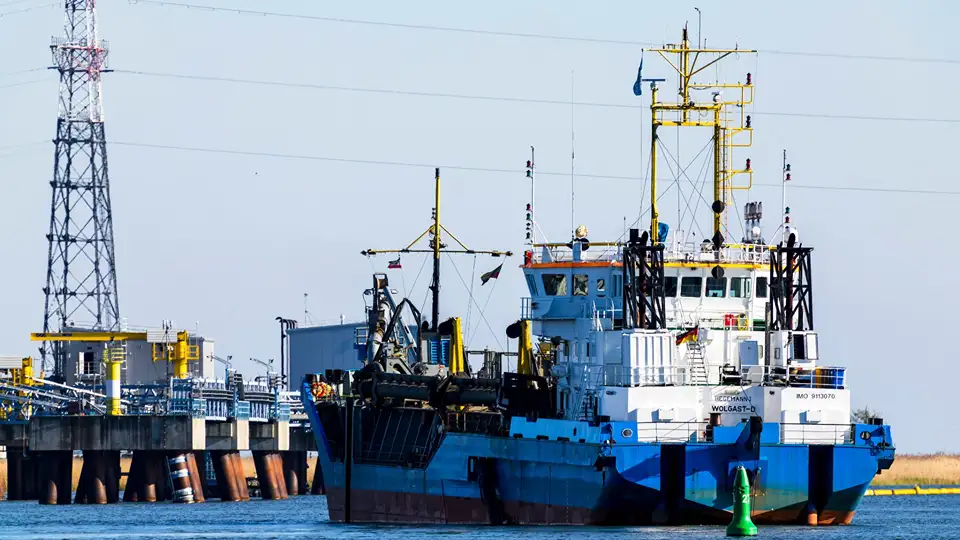Introduction
The shores of Florida have long faced the relentless challenges of hurricanes, erosion, and rising sea levels. To address these ongoing threats, the U.S. Army Corps of Engineers (USACE) has partnered with Manson Construction to launch the St. Lucie County Coastal Storm Risk Management (CSRM) Project, a $14.7 million initiative aimed at strengthening the region’s resilience.
This project focuses on coastal storm risk management, emphasizing the importance of dune and beach berm construction to safeguard local communities, ecosystems, and infrastructure. Through the addition of new protective features, St. Lucie County is taking a proactive step toward sustainable coastal protection.
What is Coastal Storm Risk Management (CSRM)?
Coastal Storm Risk Management refers to the planning, design, and execution of strategies that reduce the risk of storm-induced flooding, beach erosion, and infrastructure damage along coastal zones. It combines engineering innovation, environmental science, and long-term monitoring to build resilience against natural hazards.
CSRM projects typically involve actions like dune restoration, beach nourishment, and the installation of structural defenses. These efforts aim to buffer coastal areas from the direct impact of storm surges, ensuring that communities remain safe while preserving natural habitats.
In the case of St. Lucie County, this management approach plays a vital role in maintaining a balance between human development and coastal protection.
Project Overview: St. Lucie County CSRM
The St. Lucie County CSRM Project spans approximately 3.4 miles of shoreline in southern St. Lucie County, extending from the Florida Department of Environmental Protection’s Range Monument R-98 to the Martin County line.
The project is part of a collaborative effort between the USACE and local agencies to mitigate coastal storm risks. It focuses on replenishing the beaches and reconstructing dunes that serve as natural barriers against waves and flooding.
By combining scientific research with engineering expertise, the project not only enhances coastal storm risk management but also contributes to the long-term sustainability of Florida’s shoreline.
Key Components of the Project
The St. Lucie County CSRM Project includes several core elements designed to fortify the coastline:
- Dune Construction: Elevated dunes act as the first line of defense against storm surges, reducing the force of incoming waves.
- Beach Berm Construction: The berm, or flat upper part of the beach, is engineered to absorb energy from waves and help prevent inland flooding.
- Beach Nourishment: Sand placement is used to restore eroded sections, ensuring a stable and continuous shoreline profile.
Each of these components is critical to coastal protection, working together to minimize erosion while preserving natural beauty and habitat integrity.
Sand Sourcing and Dredging Process
A crucial aspect of the St. Lucie County CSRM Project is the responsible sourcing of beach-compatible sand. The materials for nourishment are being dredged from borrow areas A1 and A2 in the St. Lucie Shoals, approximately 3.5 nautical miles offshore in federal waters.
This dredging process involves advanced marine equipment and strict environmental standards to ensure minimal ecological disruption. Once collected, the sand is transported and strategically placed along the shoreline to rebuild dunes and berms.
By using offshore sand deposits, the project maintains sediment quality, which is vital for both coastal storm risk management and long-term coastal protection.
Environmental and Community Benefits
The benefits of this CSRM project extend far beyond structural reinforcement. By restoring beaches and dunes, the initiative enhances the natural resilience of coastal ecosystems, providing critical habitats for sea turtles, shorebirds, and other wildlife.
For local communities, the project ensures increased protection from hurricane-driven waves and storm surges. It also boosts tourism and recreation, as wider beaches attract visitors and support local businesses.
Ultimately, coastal storm risk management initiatives like this demonstrate how engineered solutions can harmonize with nature to provide both environmental and economic value.
Role of Manson Construction
Manson Construction, a leader in marine and dredging operations, plays a central role in the St. Lucie County CSRM Project. With decades of experience in dredging, beach nourishment, and marine construction, the company brings proven expertise to the complex task of reshaping coastlines.
Using state-of-the-art dredging vessels and monitoring systems, Manson ensures precision in sand placement and compliance with environmental guidelines. Their commitment to quality and sustainability strengthens the broader goal of coastal storm risk management while setting a standard for coastal protection projects across the United States.
Future of Coastal Protection in Florida
The success of the St. Lucie County CSRM Project underscores the growing importance of resilience-based coastal planning. As climate change intensifies the frequency and severity of storms, Florida’s coastal communities must continue investing in innovative solutions that combine engineering, policy, and ecological restoration.
Future coastal storm risk management efforts are expected to include adaptive strategies like living shorelines, dune vegetation, and continuous monitoring systems. These advancements will help ensure that coastal protection remains effective and sustainable in the decades to come.
Conclusion
The St. Lucie County CSRM Project represents a forward-thinking approach to coastal storm risk management, emphasizing both engineering excellence and environmental stewardship. Through the collaboration of the USACE and Manson Construction, this initiative strengthens Florida’s shoreline defenses while promoting ecological health and community safety.
By combining science, engineering, and proactive planning, projects like this set a strong precedent for future coastal protection efforts, ensuring that Florida’s coasts remain resilient, vibrant, and secure for generations to come.
